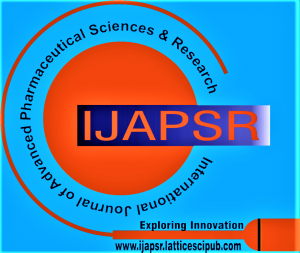![]()
Mixed Mode Chromatographic Stationary Phases in Pharmaceutical Peptide Analysis
Ayat Abbood
Ayat Abbood, Professor, Department of Medicinal Chemistry and Quality Control, Faculty of Pharmacy, University of Tishreen, Latakia, Syria.
Manuscript received on 13 February 2025 | First Revised Manuscript received on 01 March 2025 | Second Revised Manuscript received on 17 March 2025 | Manuscript Accepted on 15 April 2025 | Manuscript published on 30 April 2025 | PP: 33-40 | Volume-5 Issue-3, April 2025 | Retrieval Number: 100.1/ijapsr.C407305030425 | DOI: 10.54105/ijapsr.C4073.05030425
Open Access | Editorial and Publishing Policies | Cite | Zenodo | OJS | Indexing and Abstracting
© The Authors. Published by Lattice Science Publication (LSP). This is an open-access article under the CC-BY-NC-ND license (http://creativecommons.org/licenses/by-nc-nd/4.0/)
Abstract: The mixtures of pharmaceutical peptides generally include peptide fragments and similar peptides. Reversed-phase HPLC (RP) is the most frequently utilized method for pharmaceutical peptide analysis. These stationary phases could not sometimes separate complicated peptide mixtures. Free silanols can additionally lead to trailing peaks that reduce peak resolution. These challenges leas to explore the advantages of mixed-mode stationary phase in peptide analysis. Particulate or monolithic mixed-mode stationary phases contains polar and hydrophobic groups. Polar groups are inserted into the alkyl chains “embedded” or used mask the residual silanols “Polar end-capping” . This review aimed to discuss the role of particulate and monolithic mixed-mode stationary phases in the analysis of pharmaceutical peptides. Detailed description of these phases were presented. Examples of peptide separation using these phases were shown.
Keywords: Peptides, Analysis, Quality, Chromatographic Mixed-Mode.
Scope of the Article: Pharmaceutical Chemistry
